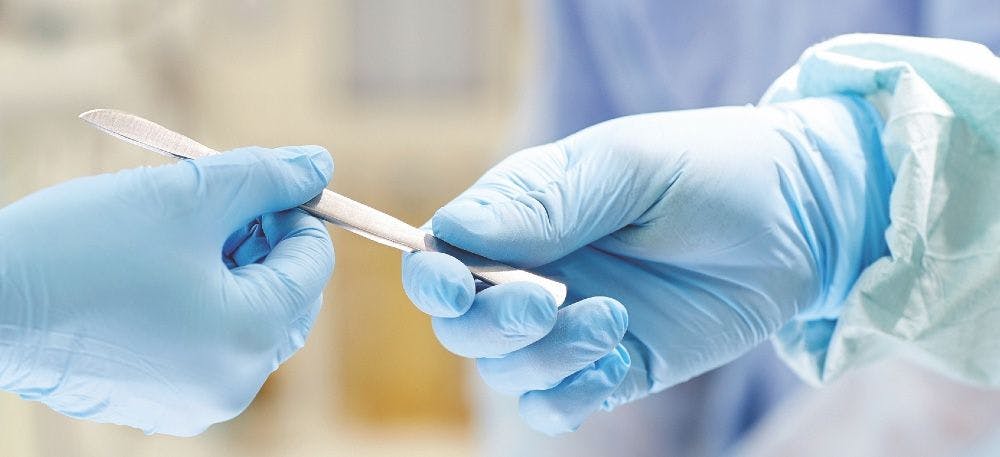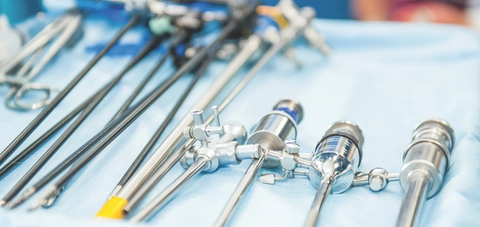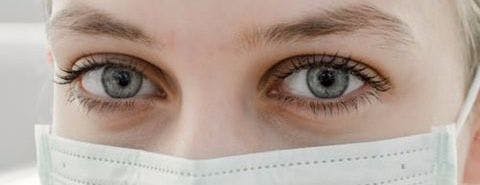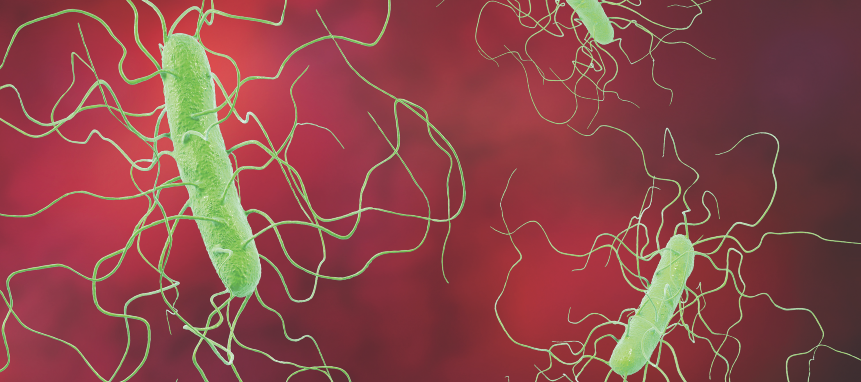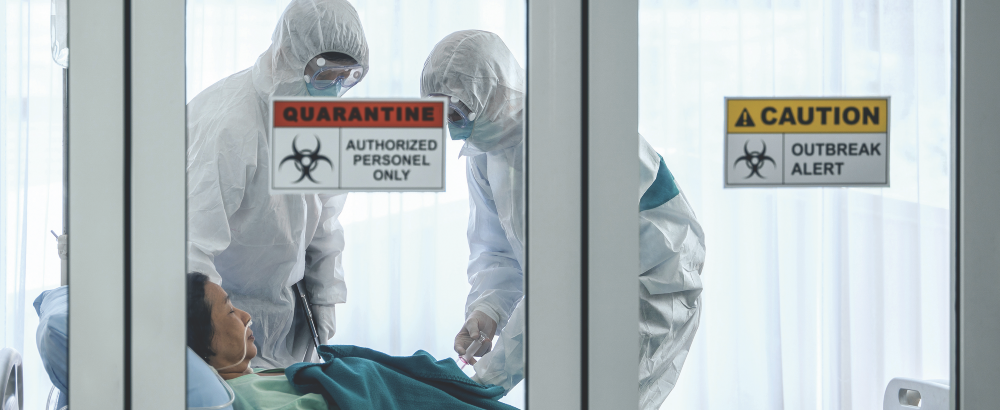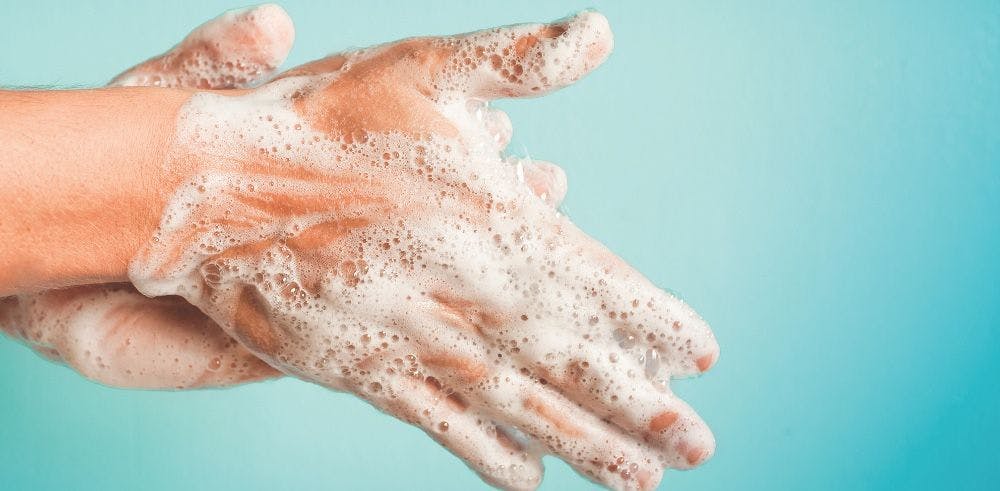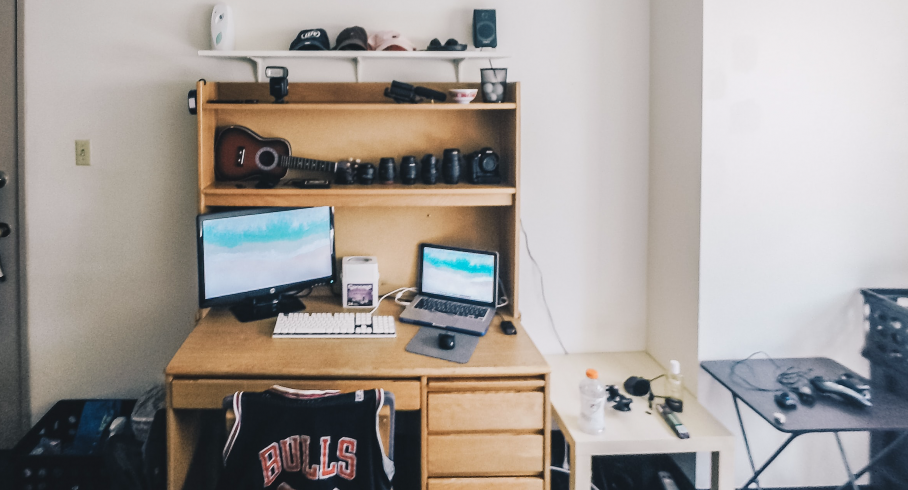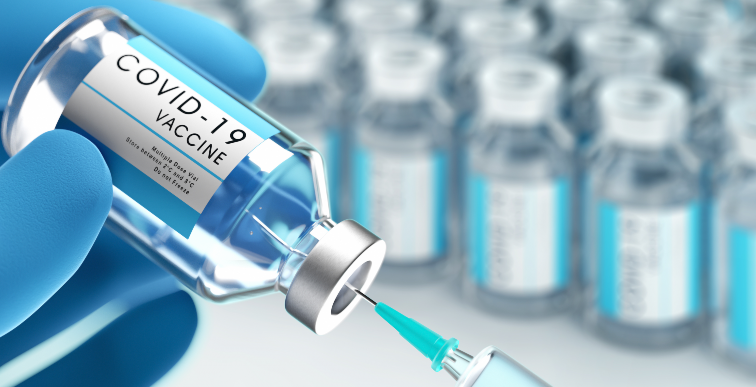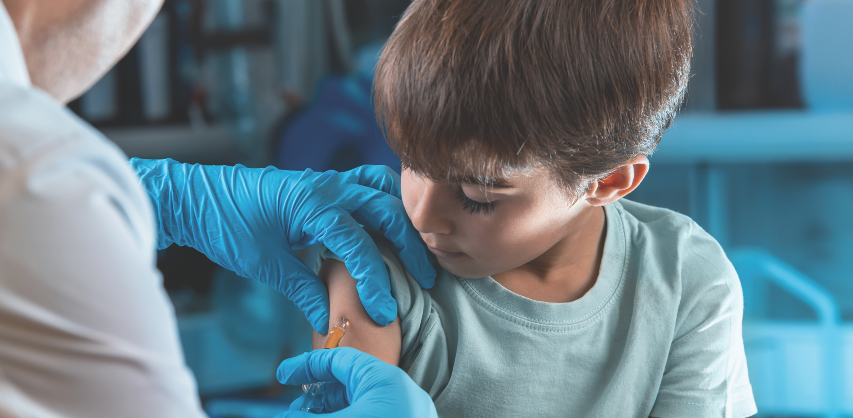Prepare for the Post-Pandemic Normal, IPs
Doe Kley, RN, CIC, MPH,T-CHEST: “We just can’t keep doing what we’ve been doing with our singular focus on one pathogen. We know that while we were doing that—while we were so busy with COVID-19—other really dangerous and emerging pathogens got a foothold. The one that scares me the most is Candida auris.”
Everybody is looking toward a future where COVID-19 doesn’t dominate. Lately, all the metrics look good. Great, even. Vaccinations are up, and infections, hospitalizations and deaths are down. Way down. When that future comes—hopefully soon—what will it look like? At the Cleaning, Disinfection, and Sterilization Conference, hosted by the Association for Professionals in Infection Control and Epidemiology (APIC), Doe Kley, RN, CIC, MPH, T-CHEST, senior infection preventionist with Clorox Professional Products Company, tackles that question head-on. The title of her presentation was “The Next Normal: Cleaning and Disinfecting in a Post-Pandemic World.”
Before working for Clorox, Kley was a practicing IP in hospitals. She knows what IPs are up against. “I don’t know a more complex job than what we do in infection control and the breadth of what we have to know and understand,” Kley tells Infection Control Today®. “Everything from microbiology, surveillance, health care–acquired infections (HAIs), and statistics, to the opposite end, which is construction and facilities management, how HVAC systems work, and water systems.” When the next normal arrives, Kley has this advice for IPs: “Get out there. Get to know people in these departments. Find your champions in these departments. Go with the spirit of curiosity and learn.”
Infection Control Today®: What’s the next normal going to look like when it comes to cleaning and disinfecting?
Doe Kley, RN, CIC, MPH, T-CHEST: I love that question. Because, yes, things are going to change. The first thing is we’ve got to get back to some semblance of normal, whatever that normal is going to be. For cleaning and disinfection, that is going to mean that we need to take a step back. A lot of products were brought in when the supply chain was challenged, and IPs were so busy with the COVID-19 stuff that they [couldn’t] do their usual thoughtful vetting of these products. A lot of these products were probably brought in without them even knowing. We’re going to have to go back and take an inventory of what we’ve got in-house because I suspect
Doe Kley, RN, CIC, MPH,T-CHEST
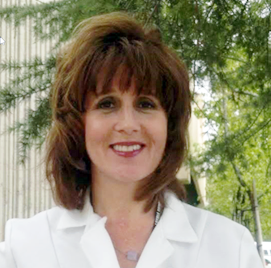
we’re going to find some things that shouldn’t even be in a hospital, to be honest. That’s one place they need to start looking; at their products and deciding what’s going to go [and] what can be kept. [Then they need to go] back to their products or their value analysis committees and get those products vetted and [properly] approved. The other thing is where the IPs’ attention has been so much on the COVID-19 control—the surveillance and screening and all of that—they also need to go back and start collecting their data and doing observations. Watching people do the work. Have environmental services (EVS) teams been diverted from their usual ways? Is everyone cleaning the same way? Are they following our policies and practices? Now that no one is watching, are they still cleaning equipment that comes out of those rooms? We need to look at our products and our practices, then hit the reset button, if you will.
ICT®: When should that reset button be hit? And you mentioned a few things they should do. Is there an order in which they should do them? Should they start doing them now?
Kley: That is the question. I personally think [they should start] now. Of course, this virus has fooled us many times. I know when I submitted my abstract for the APIC talk, the pandemic was going down, [and] we were starting to loosen up in the community. I thought “OK, good. The perfect time to talk about the next normal.” And within a few weeks the Delta variant slammed us. This virus is unpredictable. I’m sure that over the next many years, we are going to continue to see waves. We can’t wait that long to start to establish what our next normal is. Now is the proper time. We’ve got almost 2 years under our belt with this virus. We just can’t keep doing what we’ve been doing with our singular focus on 1 pathogen. We know that while we were so busy with COVID-19, other dangerous and emerging pathogens got a foothold. The one that scares me the most is C auris.1 I thought we were doing OK. The numbers were low, but now the cows are out of the barn on that one. Because, again, we were so focused on COVID-19 that we weren’t doing our usual surveillance. We may have lightened up on our cleaning activities once we found out COVID-19 is spread primarily by the respiratory route. We kind of backed off on all the hypervigilance cleaning, but we forgot 80% of the pathogens that cause infections are transmitted by contact or touch. That means there is still a place for cleaning and disinfection. So yes, we need to get away from that singular pathogen focus.
ICT®: I think that I recently read somewhere that the Centers for Medicare and Medicaid Services (CMS) fined over 2500 hospitals for high readmission rates for Medicare patients.
Kley: I do know that CMS had waived surveillance—the requirement for HAI surveillance—during the [first 6] months of the pandemic. [But] I also know that a recent study, looking at the [National Healthcare Safety Network] data from 2020,2 surprisingly [showed that], even though CMS had waived that requirement, 87% of IPs were still doing their surveillance and reporting their HAIs. The problem is that, with C auris, you don’t know what you don’t know. Most clinical laboratories at the hospital level—unless you’re a large academic center or research center—their labs don’t have the capacity to identify that pathogen. You may just be seeing Candida. You may even be seeing [Candida] haemulonii on your lab result, and it’s wrong. It could be C auris because it’s commonly misidentified.3 The trick is knowing when to speciate [and] when to be suspicious. If I see C haemulonii on my microbiology list, the first thing I should be thinking is: “OK, but this can be C auris. Is this patient at risk?” Then you need to know the risk factors, [such as] recent travel [outside of the country] in the past year. Long-term [International Early Lung Cancer Action Program patients] are at super-high risk. You need to know when to be suspicious [and] when to speciate. You also need to know…OK, you’ve got to talk with your laboratory and confirm what test we [are] using. Then you’re [probably] going to need to submit specimens to the public health laboratory to get that confirmation.
I [recently] heard of a hospital that did not identify a C auris case they had in-house until day 30. Of course, you know that patient had been everywhere. I guarantee you—I haven’t heard this yet—but I guarantee you there are other cases now in that hospital, and 1 case of C auris is an outbreak. The hard thing about C auris is it acts like a bacteria. It’s very easily transmitted from person to person, but it also is very difficult to eradicate from the environment once it gets a foothold. So, yes, a very scary pathogen.
ICT®: In your experience, how much authority do infection preventionists have? As far as saying, “OK. Stop everything. We need to close up this room. We need to do this. We need to do that.” Does it depend on the institution? Or on how much authority hospital administrators give them?
Kley: That’s a great question. I think it’s multifactorial. For example, an experienced IP probably carries a little more authority than a newer IP. That just comes with confidence. When I was a practicing IP in the hospital, [I always liked to say], “We have full authority, right?” We’re the ones in charge of making sure all the regulations are being met, the policies are being followed, and our practices are evidence based. Yet I can’t fire somebody for breaching a policy. I can certainly escalate it to their manager, and if it keeps escalating—the same name—then things can happen. But if an IP is competent, stays ahead of the game, [and] stays educated, they will have that respect of their staff and the other health care [personnel] on the team. When they say, “Hey, this is what we need to do for this patient,” people will do it. If not, if an IP is newer—which I know there are a lot of newer IPs out there—then you’ve got to build your team around you. Know who you can go to, to get that help and authority when you need it. Get your leadership involved if you have to until you get to that point where [people] know that when you say something, it’s the right thing.
ICT®: Do you think states should mandate that infection preventionists be certified? That anybody who’s called an infection preventionist in any health care facility is certified?
Kley: Yes, I think they should be [certified]. I’ve done this for 20 years. I’m a registered nurse by practice. I also have a microbiology background. I don’t know a more complex job than what we do in infection control and the breadth of what we [must] know and understand. Everything from microbiology, surveillance, HAIs, and statistics, to the opposite end, which is construction and facilities management, how HVAC systems work, and water systems. There is so much we need to know, and [what we know and do] is so important. Patients’ lives depend on decisions we make. So absolutely, I think certification should be mandated.
ICT®: IPs need to be Jacks of all trades?
Kley: There is such a breadth of what we [must] know that truly we can’t be the complete experts in each one. I’m not a sterile processing expert. I know the basics they’re supposed to be doing. I [also] know who to go to, and I befriend those [people]. My sterile processing manager, my OR [operating room] manager. I pick my battles wisely.
I can give you an example. There was a woman I worked with, she was new, and she would go around in the morning on her rounds and throw away everybody’s coffee from the nurse’s station. That’s not a good way to make friends. To me, coffee at the nurse’s station is a low-risk infection control issue. When you need those [people] for something important, are they going to listen to you? You’ve got to choose your battles.
I also always went in inquisitively. [I’m] not there to judge [or] to say what you’re doing is wrong or right. I would always give them a heads-up: “Hey, I want to come spend a couple hours in your department today, in the OR. Can you hook me up? Can I spend some time in the room? I’ll be a fly on the wall.” I’m inquisitive, and I ask questions and take notes, then I have conversations. I find my champions.
I remember I championed an anesthesiologist. [That was the] best thing I ever did because they are notoriously a tough group. But having him on my side and being a confidant I could talk to and learn from—and he could learn from me—that relationship was gold. If I was having a problem in the OR—he was also a medical director—I could call on him. And because he knew me personally, and he knew my motives, he would always help me.
I say get out there. Get to know people in these departments. Find your champions in these departments. Go with the spirit of curiosity and learn. That is the best way to put those inroads into those departments. Trust me, they start picking up the phone and calling, [saying], “I know they’ll help.” They know you’re not that person [who thinks they know] everything [or] that you have an answer to everything. [When you’re inquisitive], they learn real quick that you’re at least going to ask the right questions and find [the] answers. But you will never be the person who knows everything, and they trust you for that.
ICT®: Is there something that I neglected to ask you and that you think might be pertinent and that you want your fellow infection preventionists and health care workers to know?
Kley: Yes, there is. I hope we have learned from this pandemic that, just like with hand hygiene, everyone plays a role in cleaning and disinfection. I know it was a battle when I was a practicing IP to get nurses to clean things, like their equipment or the high-touch items in the room. It wasn’t their job. But I do hope now that they realize it’s everybody’s job.
This interview has been edited for clarity and length.
References:
- Dyer J. COVID unleashes ‘lurking scourge’ Candida auris. Infection Control Today®. November 11, 2020. Accessed October 28, 2021. https://www.infectioncontroltoday.com/view/covid-unleashes-the-lurking-scourge-candida-auris
- National Healthcare Safety Network: COVID-19 modules and dashboards. Centers for Disease Control and Prevention. Updated October 15, 2021. Accessed November 1, 2021. https://www.cdc.gov/nhsn/index.html
- Ben-Ami R, Berman J, Novikov A, et al. Multidrug-resistant Candida haemulonii and C. auris, Tel Aviv, Israel. Emerg Infect Dis. 2017;23(1):195-203. doi:10.3201/eid2302.161486
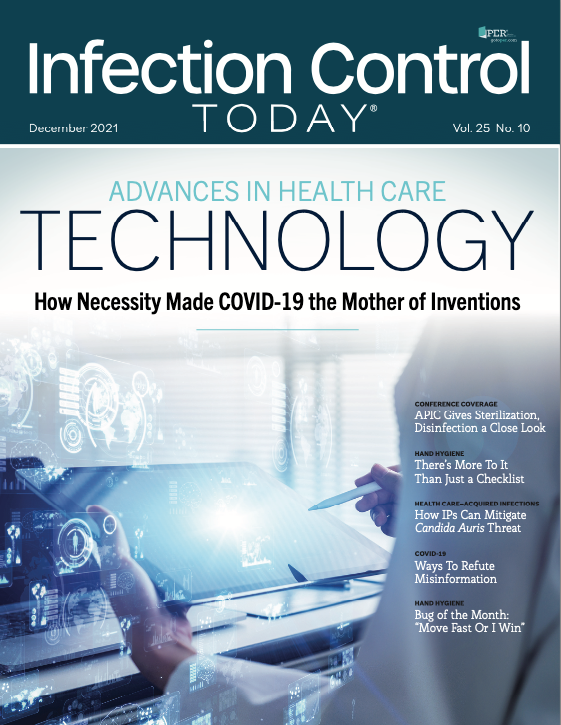
Uncovering a Hidden Risk: Alcohol Use Disorder Significantly Increases C difficile Infection Rates
April 10th 2025A groundbreaking study reveals a strong connection between alcohol use disorder and increased risk for Clostridioides difficile infection, challenging traditional assumptions and calling for enhanced infection prevention protocols.
Bridging the Gap: Operating Room and Central Processing Unite to Improve Surgical Efficiency
April 8th 2025Communication breakdowns between the operating room and central processing led to delays and frustration—until collaboration, cross-training, and shared goals turned metrics around and strengthened teamwork.

